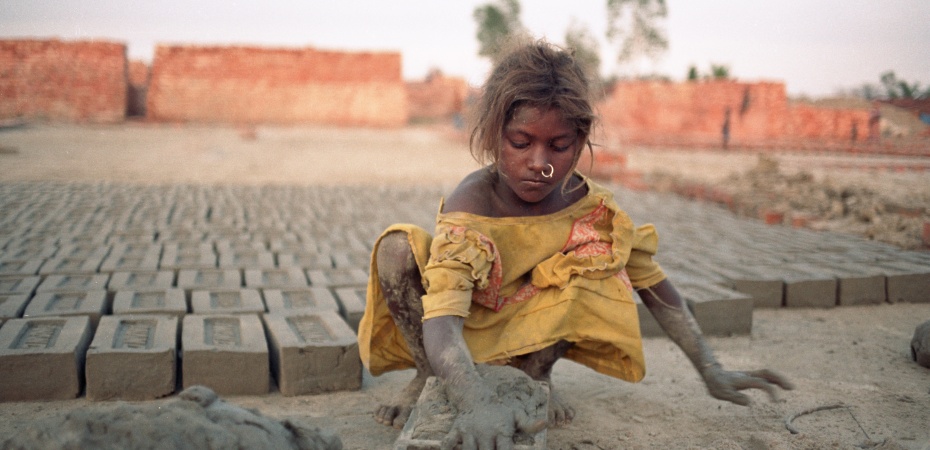Debt bondage is a cyclical form of slavery meant to exploit workers and sometimes even their decedents. When a person owes a large amount of money, he or she will work for the person owed to pay off the debt. While laboring off the debt, the “employer” will add on additional costs such as housing, food, and medical care. In doing so, the amount owed grows continuously so that the worker can never leave.
Oftentimes, debt bondage is inherited, meaning that the children of bonded individuals must also work to pay off their parents’ debt. Thus, the cycle continues, with generations trying to repay a debt they will never be able to free themselves from.
Debt bondage occurs throughout the world but is most prevalent in South Asian countries with China and India being the worst offenders. This type of slavery is commonly used in agriculture, brick-making, and the creation of consumer products.
A report by Anti-Slavery International found that brick molders are almost always from marginalized classes and castes. These groups are preyed upon for exploitation because there are usually few laws to protect them. While the people working in brick kilns are both men and women, none of the female workers receive wages. They are bound to slavery to repay their husbands’ debt.
To learn more about this form of slavery, please watch the documentary below by Anti-Slavery International. The film explores slavery and child labor in Indian brick kilns.
Sources:
https://www.antislavery.org/what-we-do/past-projects/india-debt-bondage/
https://borgenproject.org/the-six-types-of-modern-day-slavery/
A young girl works in a brick kiln in West Bengal, India. © Robin Romano / GlobalAware /
Free2WorkPlatform on Flickr.

[…] trillion, is teeming with slave labor. Forced labor, including supply chain slavery, debt bondage, and child labor, likely produced at least one article of clothing you are currently wearing. To […]
LikeLike